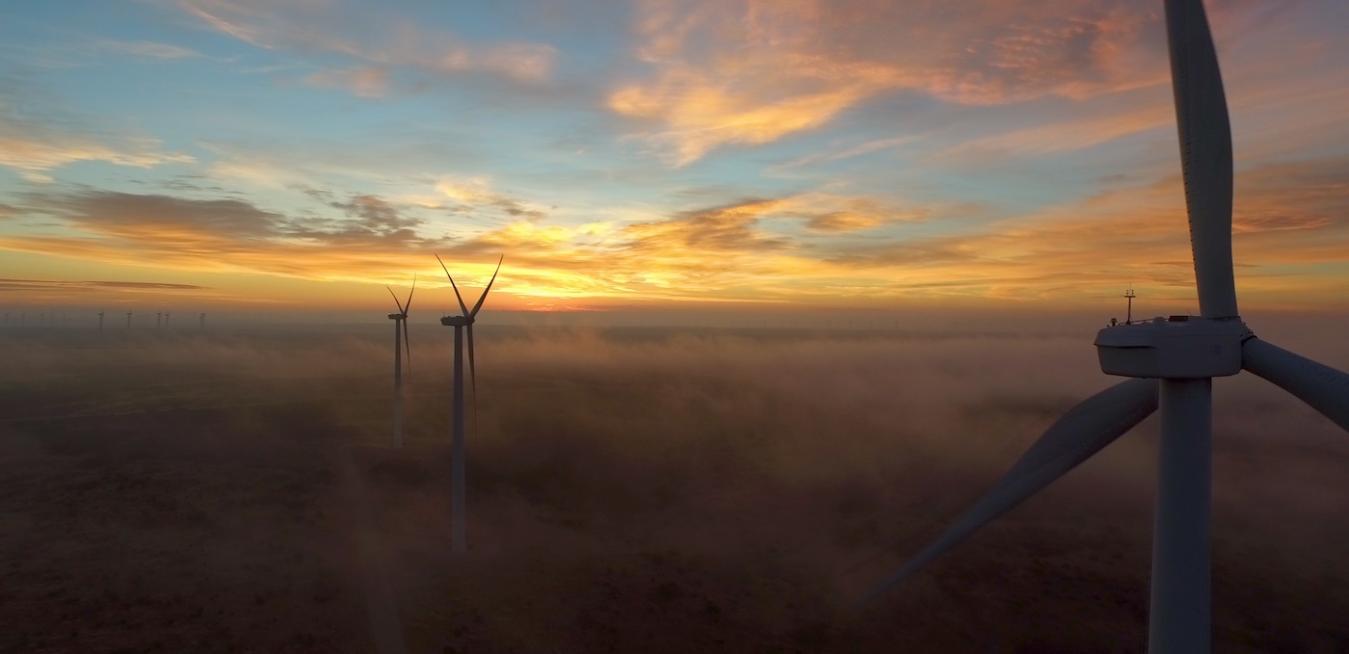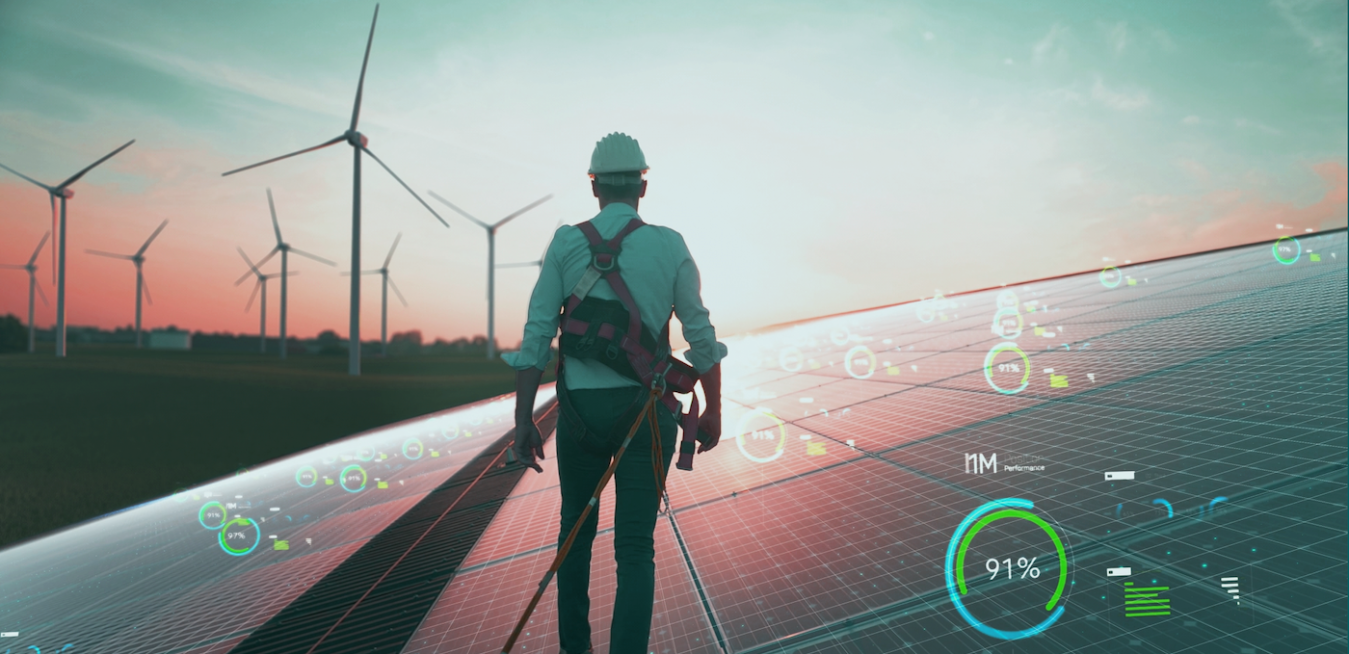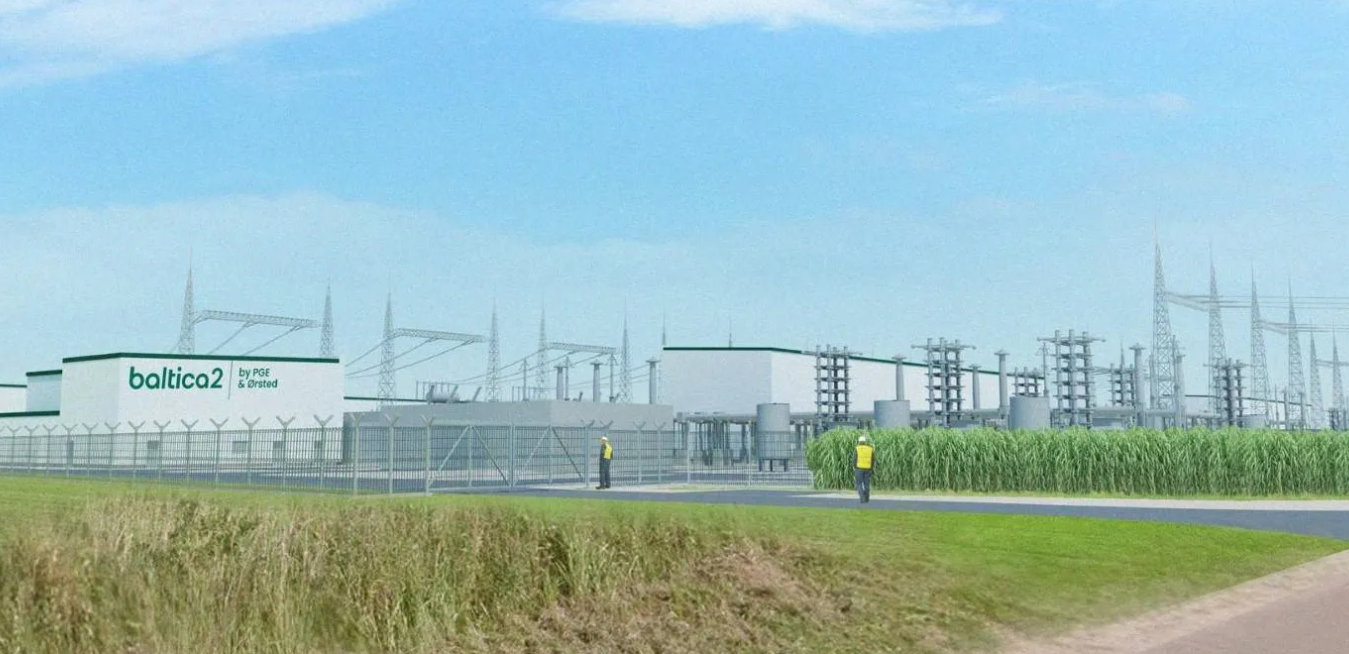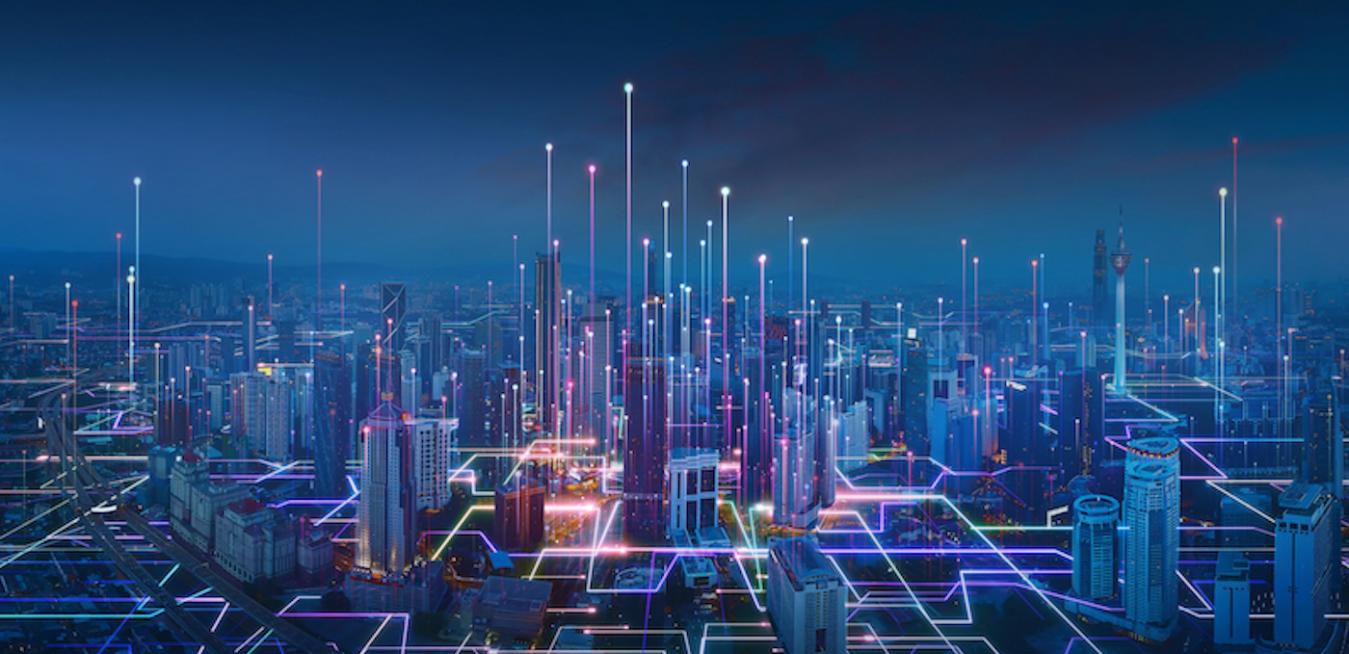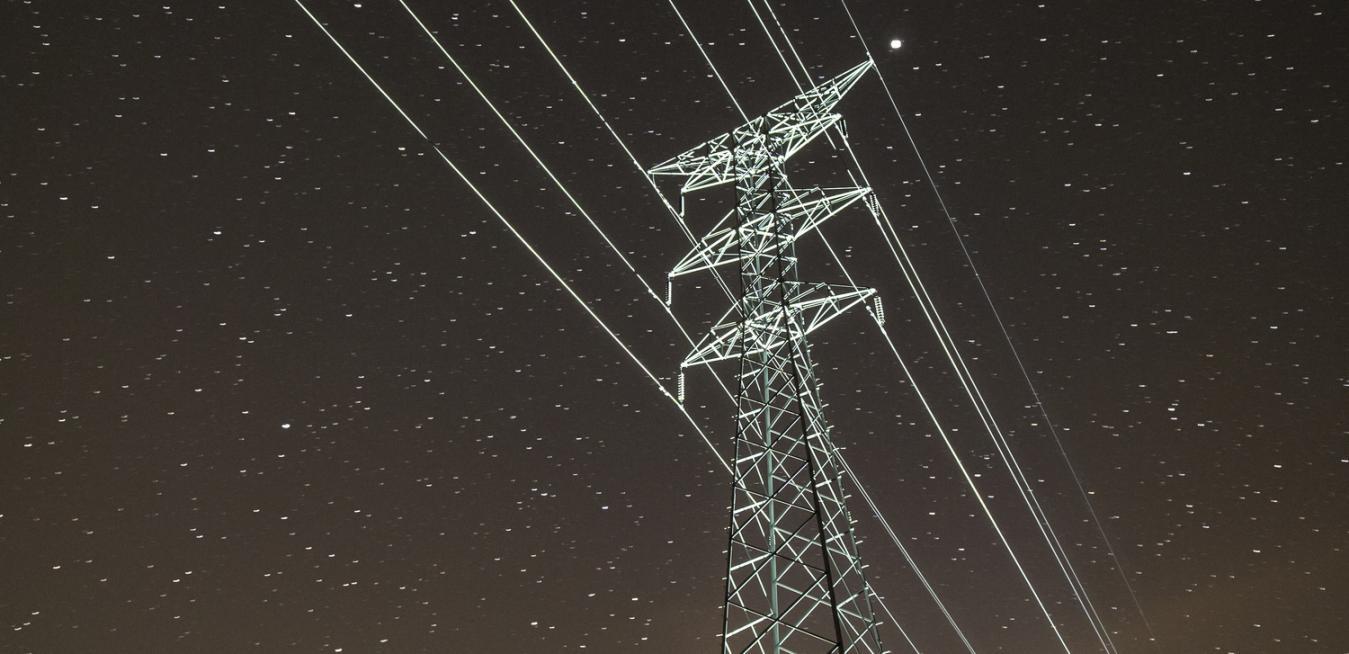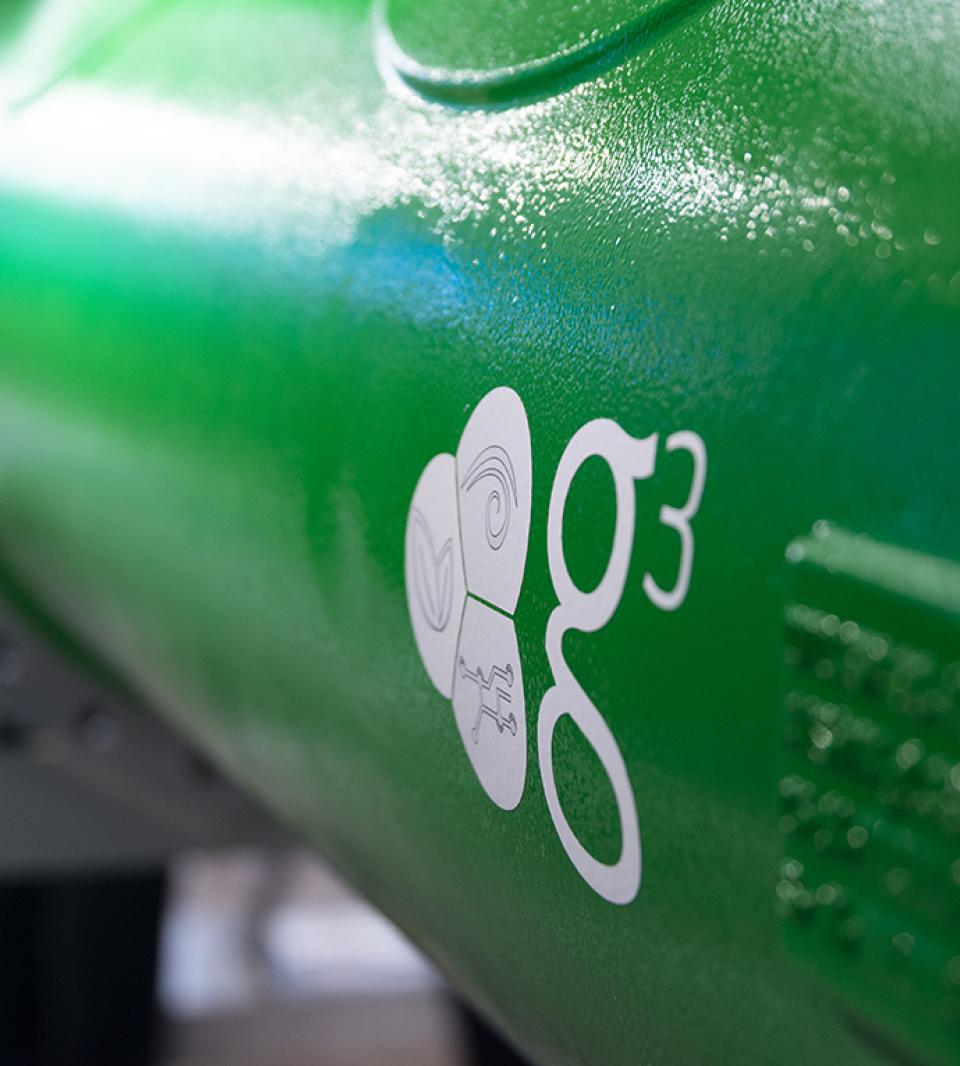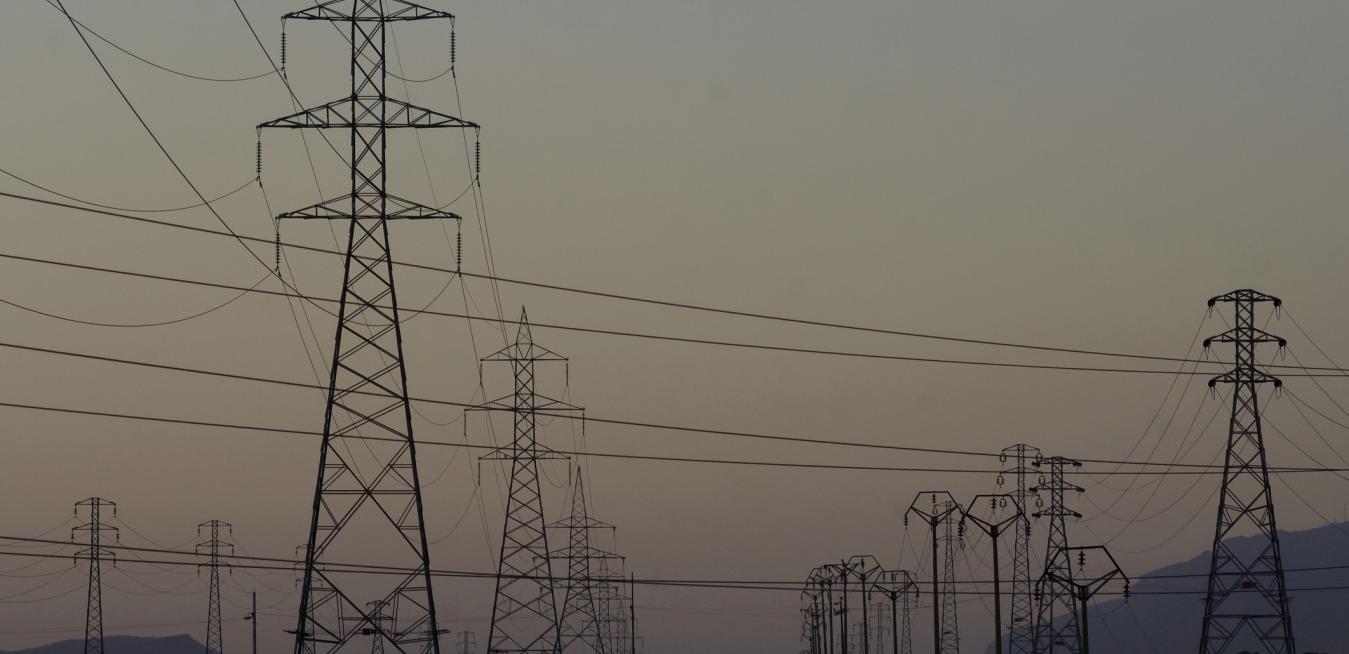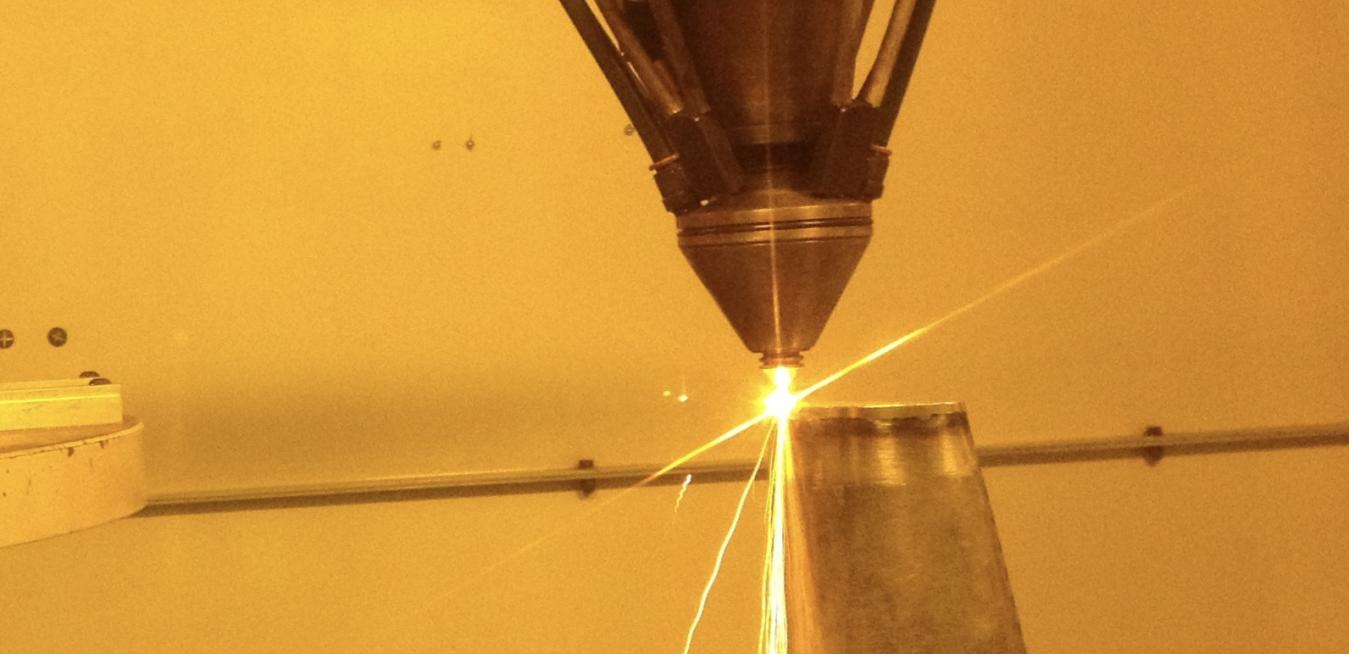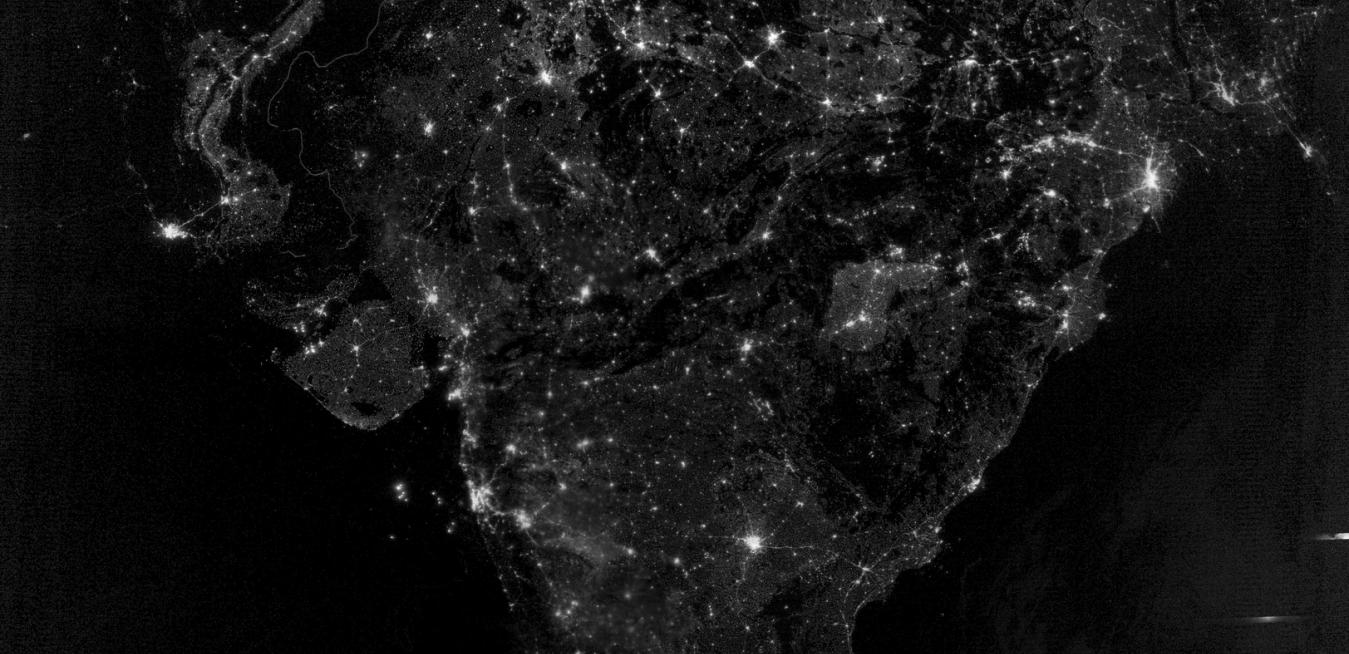With GE Vernova standing at the threshold of becoming a new purpose-built, energy-focused company in a few short weeks, it’s worth noting the inspiration for its name. It is, says the company, “a combination of ver, derived from verde and verdant to signal the greens and blues of the Earth, and nova, from the Latin novus, or ‘new.’” Novus also happens to be one of the roots of the word “innovation,” a pillar of GE from its founding. Innovation, then, is literally in the company’s DNA.
The world has faced myriad challenges in recent years, from challenges to energy security and extreme weather events impacting the grid to the COVID-19 pandemic and the macroeconomic turbulence it caused. These have helped to catapult sustainability to the top of the boardroom agenda, with companies now striving both to succeed as a business and in contributing to solving some of the world’s most pressing challenges at the same time.
You might not think a purring power grid and a fountain of French fizz have much in common, but Thorsten Heller, the chief innovation officer at GE Vernova’s Grid Software business, begs to differ. He compares an efficient network for electricity delivery to the champagne towers popular at weddings, where the sparkling wine overflowing from the coupe at the summit trickles down evenly into tiers of glasses below, without ever spilling a drop.
Poland, which has long been dependent on coal power, is turning to the Baltic Sea to clean up its grid and join the energy revolution. The country’s north coast is deliciously rich in wind resources, and a joint venture between the PGE Polska Grupa Energetyczna and Ørsted have awarded a consortium made up of GE Vernova and Polimex Mostostal a contract to help build a new offshore wind farm there using the latest transmission and grid automation technologies.
Electrical power systems, better known as the grid, have largely worked the same way for more than 100 years. The vast network of wires, switches, transformers, and other technologies were designed for a one-way power flow, moving electrons from the point of generation to the point of consumption. Today, rapid changes are putting tremendous pressure on the grid. Electricity is no longer flowing in one direction only. You might think of it as a free-for-all — from the intermittent flows of big wind and solar projects to rooftop solar panels to an EV in the driveway.
In 2023, the United Arab Emirates is taking center stage in the global efforts to address climate change and sustainability. This past week, leaders gathered for Abu Dhabi Sustainability Week, kicking off a year of events leading up to the UAE-hosted COP28 at the end of the year. This momentum, following on the heels of the successful COP27 in Egypt — the “implementation COP” — will help continue driving positive action in emerging markets and globally for the decade to come.
For the first time in more than 100 years, the global energy landscape is undergoing a massive transformation. The way we generate, transport, distribute, and consume electricity will change more in the next 10 years than it did in the previous 125. What was once an orderly, monolithic system pushing power out to the people, the electric grid is transforming into a two-way highway of energy from diverse sources — including wind and solar — which present new challenges to grid stability and reliability.
Summers in Iraq are almost too hot to handle. As temperatures climb past 110 degrees, heavy demand for air conditioning can stretch the country’s power supply.
Now GE, in partnership with the Iraqi Ministry of Electricity, is bringing some reliable relief. In late August, the two sides signed a pair of agreements — one to upgrade the nation’s key power plants, the other to fortify its electricity grid.
Not so long ago, large parts of India used to be dark in satellite pictures of Earth at night. But now they twinkle with hope. In fact, the Asian country’s rapid electrification is one of the greatest development stories ever told, with around 500 million Indians gaining access to power since 2000. Most people no longer need to rise at dawn or eat by candlelight.






